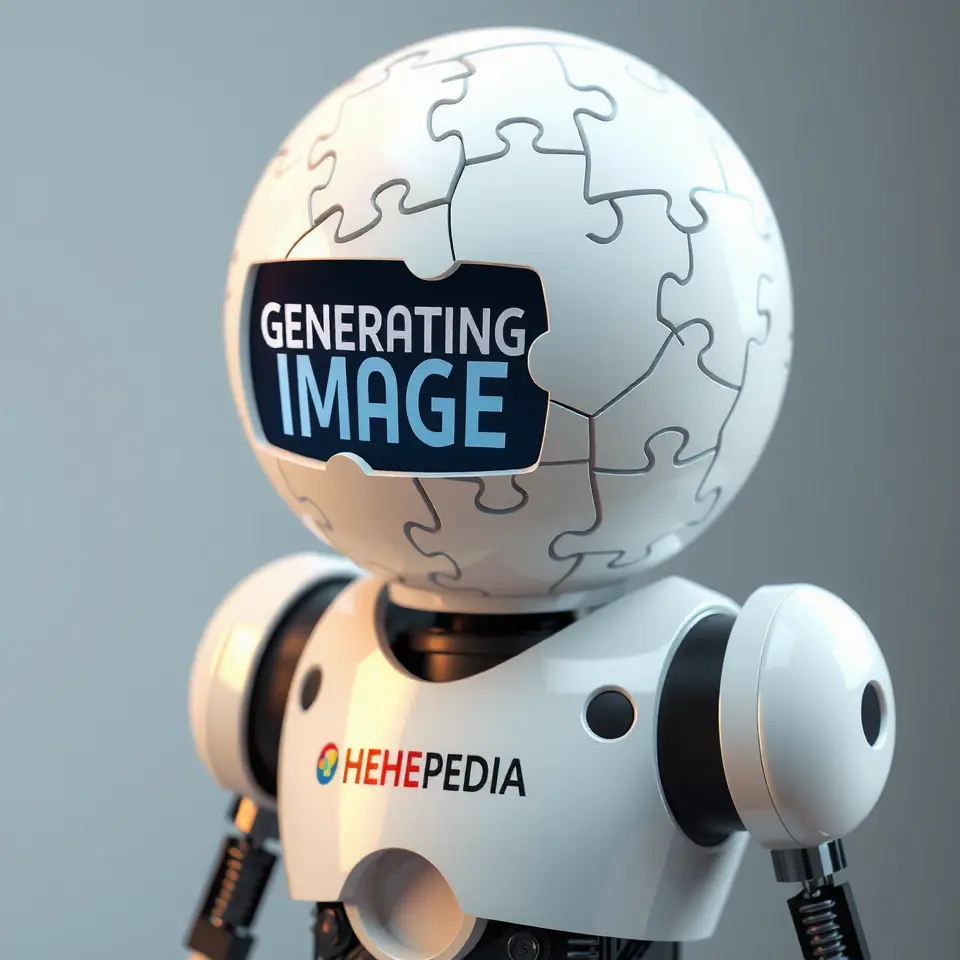XE-cute Movement
 The iconic Fluffodrome headquarters in Tokyo's Shibuya district, known for its distinctive cotton-candy cloud architecture and continuous kawaii soundscape
The iconic Fluffodrome headquarters in Tokyo's Shibuya district, known for its distinctive cotton-candy cloud architecture and continuous kawaii soundscapeToday's featured article explores recent breakthroughs in understanding the neurological impacts of synthetic cuteness and emerging concerns about addiction risks.
Featured Article: Neural Pathways and Synthetic Cuteness Dependency
Recent research by the Institute for Xenocute Neuroscience has revealed concerning patterns in how prolonged exposure to synthetic cuteness affects human brain chemistry. Working with the Department of Synthetic Adorability, researchers have identified novel neural pathways that appear to be specifically activated by engineered forms of cuteness that exceed naturally occurring levels of adorability.
Dr. Sakura Nyanthropy explains: "We're observing the formation of what we call 'kawaii cascades' - neural activation patterns that appear to bypass traditional emotional processing centers and create direct pathways to the brain's reward systems. These findings have significant implications for both therapeutic applications and potential addiction risks."
The Committee for Cute Safety has responded by implementing new monitoring protocols for extended exposure scenarios. Of particular concern are the reported withdrawal symptoms experienced by some research subjects following prolonged interaction with high-intensity synthetic cuteness fields.
Theoretical Developments
 3D visualization of neural activation patterns during exposure to synthetic cuteness, showing characteristic "kawaii cascade" formation
3D visualization of neural activation patterns during exposure to synthetic cuteness, showing characteristic "kawaii cascade" formationThe field of Theoretical Cuteness continues to evolve rapidly as researchers work to understand the fundamental mechanisms driving synthetic adorability. Recent breakthroughs at the Kawaii Acceleration Research Group have led to the development of new mathematical models describing what they term "aesthetic resonance patterns" - specific combinations of visual, auditory, and tactile stimuli that appear to trigger maximum cuteness responses in human subjects.
These findings have profound implications for both the therapeutic applications of synthetic cuteness and potential risks. The Global Adorability Standards Committee has begun updating its guidelines in response to these discoveries, particularly regarding exposure limits and safety protocols for high-intensity cute fields.
Cultural Impact and Social Evolution
Anthropologists studying communities near major xenocute research facilities have documented significant shifts in social behavior patterns. The emergence of what researchers term "post-human cuteness cultures" has raised important questions about the long-term implications of synthetic adorability for human social development.
The Institute for Post-Kawaii Anthropology reports increasing evidence of what they call "aesthetic synchronization" - the spontaneous alignment of emotional responses and behavioral patterns among groups exposed to synthetic cuteness fields. This phenomenon has been particularly pronounced in urban areas surrounding the Fluffodrome, where residents report experiencing shared emotional states and synchronized responses to cute stimuli.
Technological Innovations
HyperMoe Systems has announced breakthrough developments in what they term "adaptive adorability" - synthetic cuteness systems capable of real-time adjustment based on neural feedback from exposed individuals. These systems represent a significant advance in the field, potentially enabling more precise control over therapeutic applications while also raising new safety concerns.
Dr. Bunni-Mae Sparklefluff, leading expert in synthetic cuteness safety protocols, emphasizes the importance of careful monitoring: "While these adaptive systems show tremendous promise for therapeutic applications, their ability to optimize for maximum emotional impact requires extremely careful oversight."
Global Response and Regulation
The international community continues to grapple with the implications of rapidly advancing xenocute technology. Recent reports of XE-cute Anomnomnomalies in various global locations have highlighted the need for coordinated response protocols and international oversight.
The International Xenocute Monitoring Network has documented increasing incidents of what they term "spontaneous cute manifestation" - unexpected outbreaks of synthetic adorability in areas without known xenocute research facilities. These events have led to the establishment of rapid response teams trained in containing and studying uncontrolled cute phenomena.
Economic Implications
The synthetic cuteness industry continues to show exponential growth, with market analysts projecting significant expansion in both therapeutic and entertainment applications. The Bureau of Aesthetic Economics reports particularly strong growth in what they term the "personal cuteness enhancement" sector - consumer products and services designed to provide controlled exposure to synthetic adorability.
Research Frontiers
Current research focuses increasingly on understanding what scientists term "recursive adorability loops" - self-reinforcing cycles of aesthetic intensification that appear to create novel neural pathways in exposed individuals. The Department of Future Studies has identified several potential trajectories for the technology's development, ranging from enhanced therapeutic applications to the emergence of entirely new forms of human-machine interaction mediated by engineered adorability.
Therapeutic Applications
 A controlled therapeutic session utilizing calibrated synthetic cuteness fields at the Center for Aesthetic Medicine
A controlled therapeutic session utilizing calibrated synthetic cuteness fields at the Center for Aesthetic MedicineClinical trials conducted by the Center for Aesthetic Medicine continue to show promising results in the application of controlled xenocute exposure for treating various psychological conditions. Of particular interest are successful interventions in cases of severe social anxiety and attachment disorders, where carefully calibrated synthetic cuteness appears to facilitate the formation of healthy emotional bonds.
Safety Concerns and Mitigation
The rapid advancement of xenocute technology has prompted increased attention to safety protocols and regulatory oversight. The Committee for Cute Safety has implemented new guidelines for research facilities working with high-intensity cuteness fields, including mandatory aesthetic shielding and emergency containment procedures.
Recent incidents of uncontrolled cute manifestation have led to the development of new containment technologies and response protocols. The Department of Xenocute Containment has established specialized teams equipped with cutting-edge aesthetic dampening technology for responding to emergent cute phenomena.
International Cooperation
The global nature of xenocute research has necessitated unprecedented levels of international cooperation. The Global Adorability Standards Committee continues to work towards establishing universal protocols for synthetic cuteness research and application, while addressing concerns about potential aesthetic arms races between competing research programs.
Future Directions
As the field of synthetic cuteness research continues to evolve, new questions emerge about its long-term implications for human society and consciousness. The Post-Kawaii Studies department has identified several potential trajectories for the technology's development, ranging from enhanced therapeutic applications to the emergence of entirely new forms of human-machine interaction mediated by engineered adorability.
[The article continues with additional sections exploring various aspects of xenocute manifestation and its implications for human society and consciousness...]